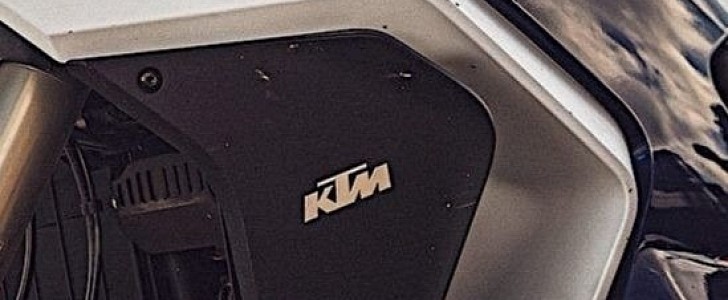In today's auto and moto industries, the sensible way to go when recharging a battery is to plug it in. Sure, there have been attempts to make swappable batteries a reality, but the rise in the number of different electric vehicles, each with different designs, makes that an impossibility.
As far as cars go, it’s probably too late to create a unified, swappable battery system. There are too many of them already and too different to make anything work. But it may not be too late when it comes to two-wheelers powered by electricity.
In a bold move announced this week, several motorcycle makers have joined hands to create something they call a swappable battery consortium. They are KTM, Honda, Yamaha, and Piaggio.
The four have agreed to work together to create a standardized swappable battery system for L-category vehicles, which means mopeds, motorcycles, tricycles, and quadricycles with a maximum continuous rated power of no more than 4 kW (5 hp). That may not seem like such a big deal, but it’s the start of an idea nobody else tried before.
The newly-formed group will begin work in May and seek to first define the technical specifications of the batteries the four companies will share. This work could eventually lead to an international standard that can be embraced by other producers as well.
“Sustainability is one of the key drivers to the future of mobility and electrification will play a major role in achieving this goal. For powered two-wheelers the constraints of electric drivetrains regarding range, charging time and initial cost are still evident,” said Stefan Pierer, KTM CEO, in a statement.
“To overcome these challenges and provide a better customer experience, a swappable battery system based on international technical standards will become a viable solution. Considering the entire lifecycle, a widespread application of batteries compliant with a common standard will support secondary use as well as circular economy. We are glad to be part of the Consortium as we strive towards our goals in the e-mobility sector.”
In a bold move announced this week, several motorcycle makers have joined hands to create something they call a swappable battery consortium. They are KTM, Honda, Yamaha, and Piaggio.
The four have agreed to work together to create a standardized swappable battery system for L-category vehicles, which means mopeds, motorcycles, tricycles, and quadricycles with a maximum continuous rated power of no more than 4 kW (5 hp). That may not seem like such a big deal, but it’s the start of an idea nobody else tried before.
The newly-formed group will begin work in May and seek to first define the technical specifications of the batteries the four companies will share. This work could eventually lead to an international standard that can be embraced by other producers as well.
“Sustainability is one of the key drivers to the future of mobility and electrification will play a major role in achieving this goal. For powered two-wheelers the constraints of electric drivetrains regarding range, charging time and initial cost are still evident,” said Stefan Pierer, KTM CEO, in a statement.
“To overcome these challenges and provide a better customer experience, a swappable battery system based on international technical standards will become a viable solution. Considering the entire lifecycle, a widespread application of batteries compliant with a common standard will support secondary use as well as circular economy. We are glad to be part of the Consortium as we strive towards our goals in the e-mobility sector.”

